Today’s post is a bit about creative skill versus technical skill and how we as photographers use one, or both, to create our images. I would define the difference between the two as: Technical Skill = mastering the camera functions to create a technically proficient image that is in-focus, properly exposed, etc. Creative skills are a bit more elusive to define and are very much subjective to each individual person. For me, creative skills relate to the areas of composition, artistic vision, storytelling, etc. that the composition encompasses. In the process of creating an image, it’s possible to use your technical skills to create a well captured image, but it may not be “artistic” or “emotionally impactful” or even tell a story. Still, it may be considered a “good” image. I don’t believe that the reverse is true though. If you have a masterful composition and don’t execute it technically well, then the image will mostly likely not be acceptable. So is technical skill more important than creative skill?
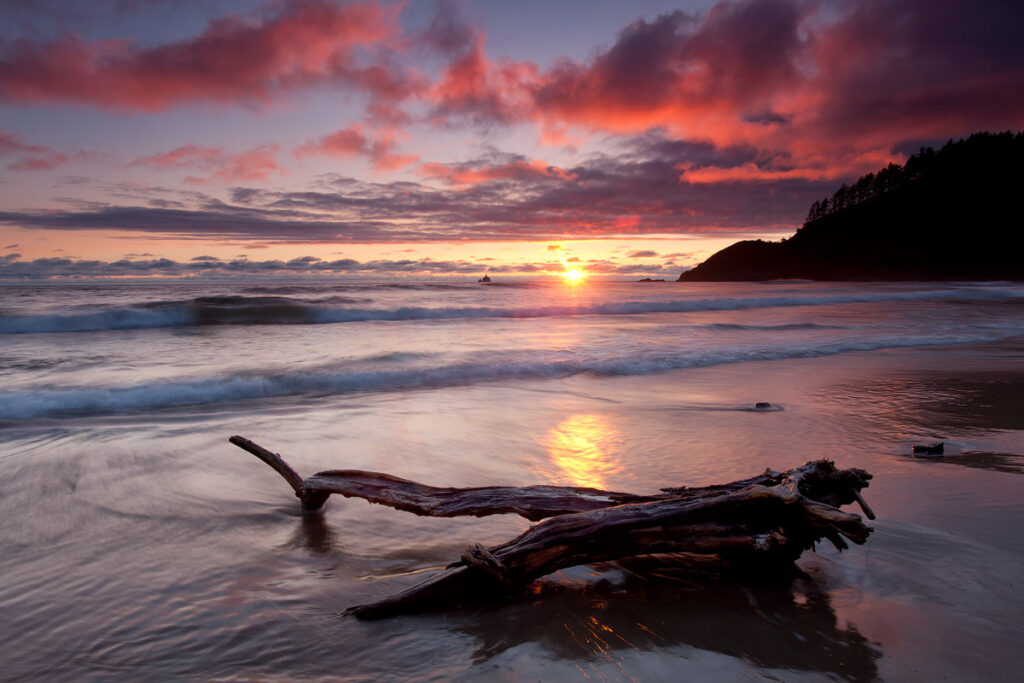
For those who are just starting out in photography, or who don’t get the chance to shoot often to maintain their technical skills, often times just creating a technically proficient photograph is a good enough goal. For those who have been shooting for a while and are comfortable with their technical skills, then this is when we start to search for elevating our creative skills. An analogy might be riding a bicycle. When we learn to ride a bike, we are so focused on just riding and not crashing that our whole effort is focused on that. Eventually with enough practice, we can ride a bike without thinking about it and we want to ride more effortlessly, with more style, or even do tricks. The same with any learned skill, at first it is difficult, then the basics become easier and we can explore the deeper aspects of what we’re doing to grow our knowledge, skills and abilities. Regardless of the activity, we need to have that base level of proficiency before we can venture off in to more difficult or creative avenues.
Don’t be a button pusher
In landscape photography, we travel to beautiful locations or are witness to many amazing things in nature, that’s 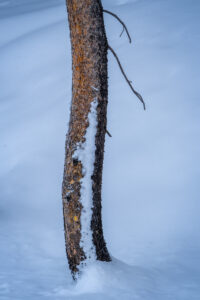 one of the great things about this genre of photography. Nature puts on an amazing show for us if we are in the right place at the right time to witness it. And most importantly, if we are open and receptive to our surroundings and not focused on the technical aspects of our photography.
one of the great things about this genre of photography. Nature puts on an amazing show for us if we are in the right place at the right time to witness it. And most importantly, if we are open and receptive to our surroundings and not focused on the technical aspects of our photography.
Too often when I’m on location, I witness folks who are so focused on the technical aspects of their photography that they never stop to appreciate the beautiful location they are in, or if they do, it’s only in passing before they get back to figuring out their multi-exposure/multi-row focus stack to create a single image. If that’s your thing and where you get enjoyment, that’s great and more power to you. However I think for a lot of us, the experience of being in nature, at that particular time and place, can be much more rewarding than simply pushing buttons and doing mathematics to find the hyperfocal distance. Moving beyond the technical execution of photography in to the creative space helps free your mind to be open and receptive to your surroundings, listening to what it’s saying and interpreting how you want to compose an image to capture what your feeling. More importantly, sharing a piece of yourself in your compositions and how you see the world, sharing your sense of wonder or awe, or your creative leanings…that in my opinion is much more rewarding than flawless executing the technical aspects of photography.
We are all individual and have our own sense and desire for creative skill versus technical skill in our photography. I won’t tell you what is the right balance. What I merely hope to do is have you think about the two halves and how each are important for creating compelling images.
Create Art
How many “pretty pictures” do we see every day? I’m betting tens or hundreds depending on how much social media you consume. Now, how many “artful” images do you see every day? I bet maybe one or two if you’re very lucky. By artful I’m 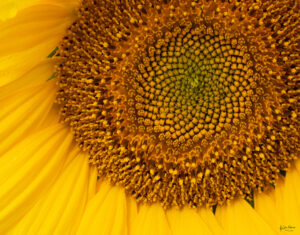 referring to someone who has carefully crafted the image; chosen the right composition, thoughtfully chosen the focal length, what to include or exclude, executed it technically well, and processed it in such a way that your eyes are drawn in and the story or intent of the photograph is evident and you find the photograph moving or compelling. These days, that doesn’t happen as much. Too often a lot of folks are quick to “take a picture” and post it instead of “making a picture” through thought, artful consideration and finally technical execution in the field and in the darkroom. When I do see an artful image, I stop and really take a moment to appreciate it. What I find artistic might not be what you find artistic, but we typically know it when we see it.
referring to someone who has carefully crafted the image; chosen the right composition, thoughtfully chosen the focal length, what to include or exclude, executed it technically well, and processed it in such a way that your eyes are drawn in and the story or intent of the photograph is evident and you find the photograph moving or compelling. These days, that doesn’t happen as much. Too often a lot of folks are quick to “take a picture” and post it instead of “making a picture” through thought, artful consideration and finally technical execution in the field and in the darkroom. When I do see an artful image, I stop and really take a moment to appreciate it. What I find artistic might not be what you find artistic, but we typically know it when we see it.
Creating art is a balance of creative skill versus technical skill. You have to have both in my opinion to successfully create a piece worth of hanging on the wall. This is something I aspire to every time I go out. I said “aspire to” because I’m not successful every time I go out to photograph. Some days I’m not feeling it, other days I may be rushed, or even some days I’m just plain lazy and don’t work my craft the way I should. Still it remains my goal, to be artistic and create compelling images, each time I pick up my camera.
So, how do you do it? Welp, that’s a long and sometimes difficult answer, which isn’t the point of this article. So I won’t re-hash a lot of what I’ve said in previous articles, but it involves a couple of things that we as artists need to do to create art…
- Being competent technically with your camera, so much so that you don’t have to devote much, if any, brain power to operating it or choosing the right settings for the scene or story you want to tell
- Opening yourself up to what you are feeling on location, what you are “seeing” on location
- Studying artists you admire and learning what makes good compositions, regardless of medium
- Learning, often through trial and error, how to translate what you’re seeing through your lens, on to the sensor and then to the digital darkroom, to be realized in the final print of the image
So there ya go, a few thoughts on creative skills versus technical skills. We surely need to have both to create amazing photographs. So why is it important to distinguish between the two? Well, the technical side of our craft is what typically gets the most attention as it’s the easiest to teach, easiest to market and easiest to quantify. Creative skills are much more nebulous and like art, are very individualized which makes the concepts much more ethereal, hard to teach, and reach a broad audience. But it’s exactly these reasons why I keep driving points around creativity. Though I can’t tell you exactly what to do to be creative, I can raise points and ask questions for you to contemplate for yourself and come up with your own answers. I want each and every one of you to explore your creativity, don’t just be a button pusher because it’s the easy route. Push yourself, push your art and create something amazing for the world to see!
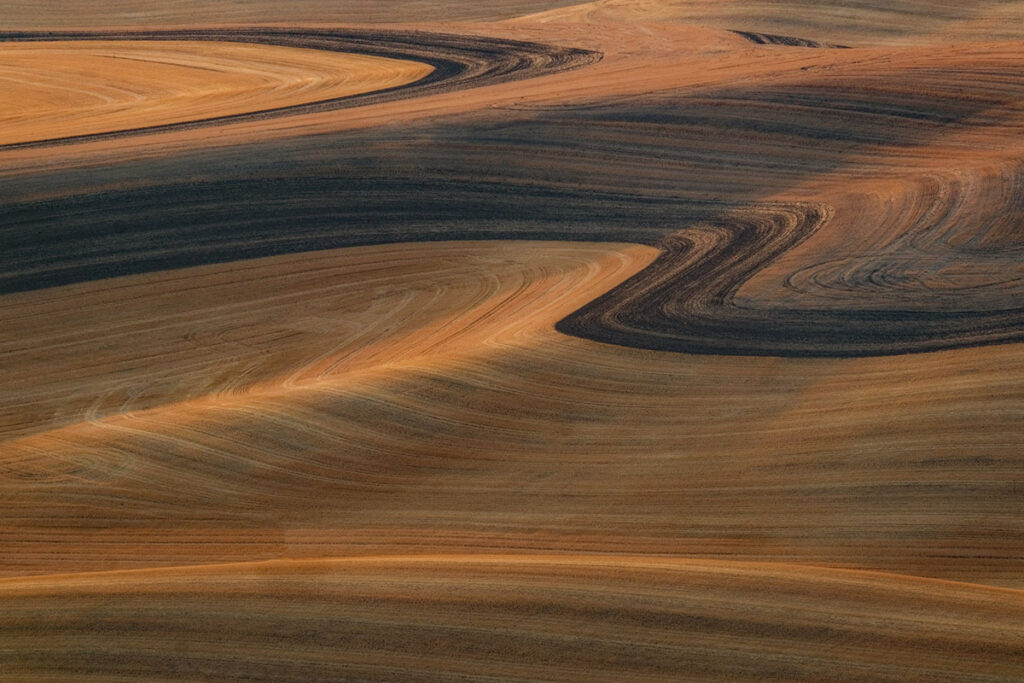

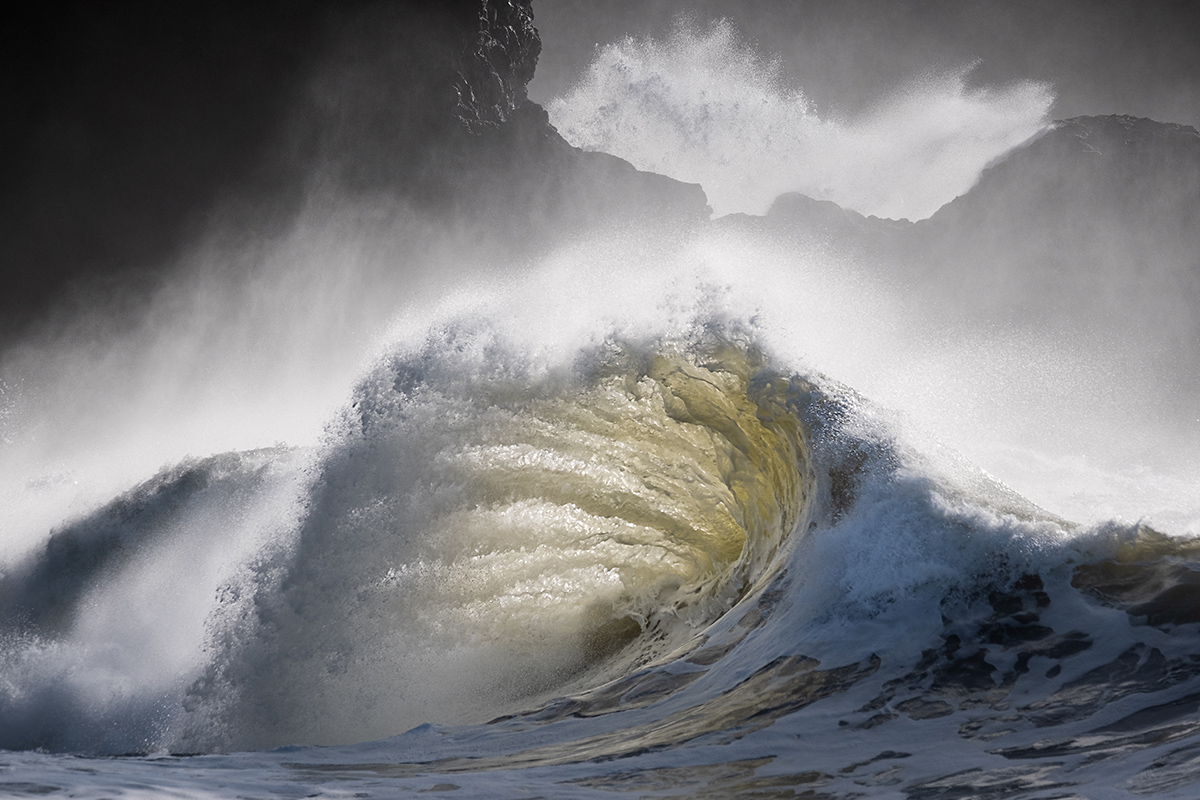
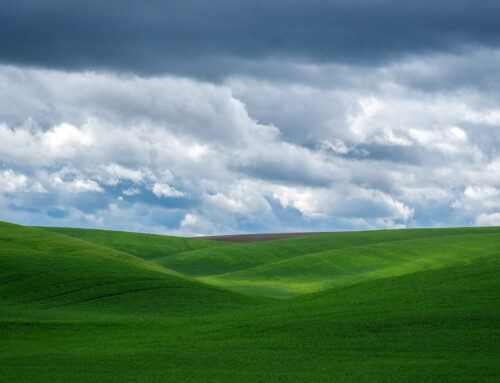
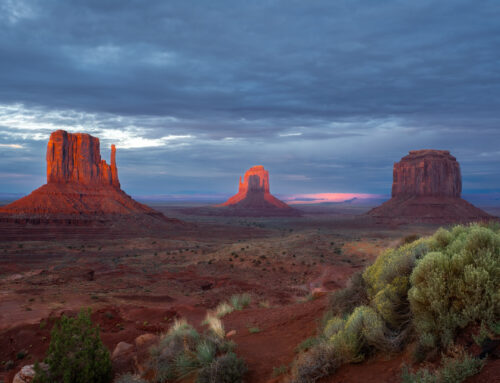
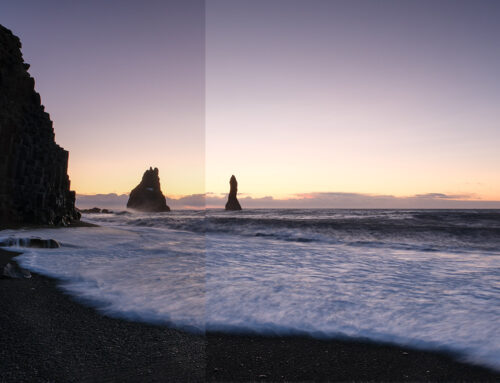
Leave A Comment